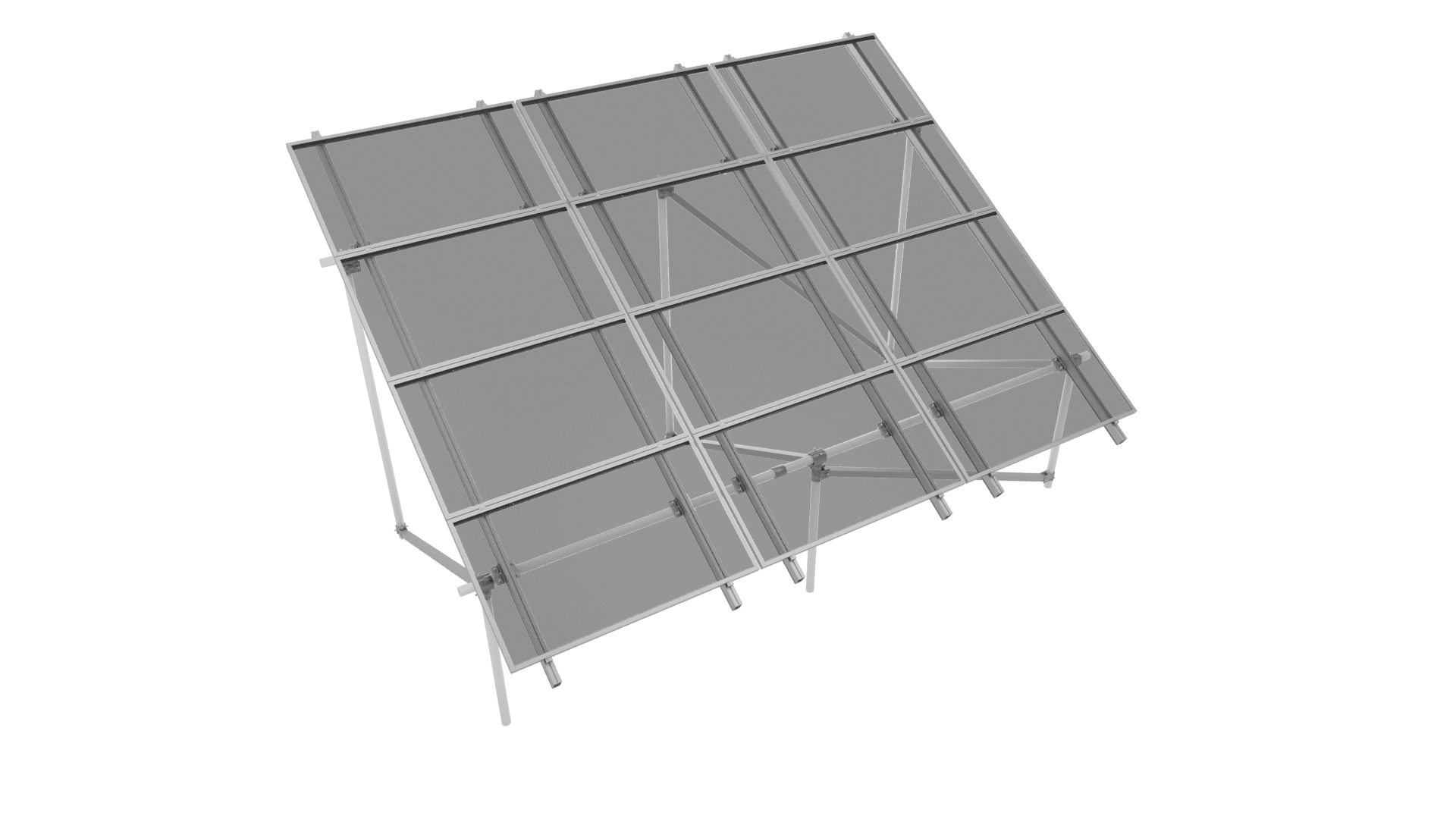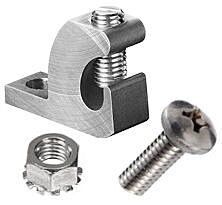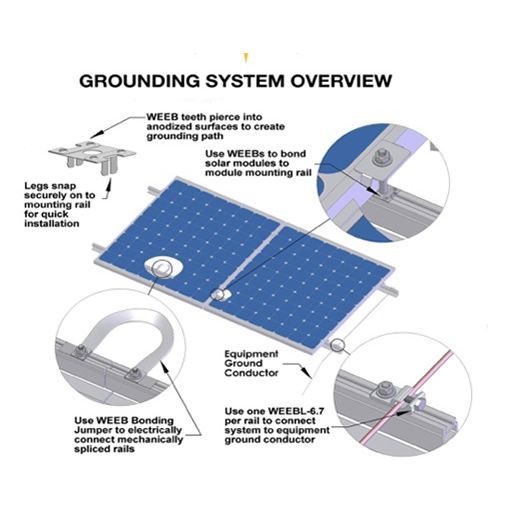Oldtimmer69
Solar Enthusiast
- Joined
- Jun 20, 2020
- Messages
- 254
The panel will be mounted on the roof not alot I can do about direction. My house does face 182°south and I have no shading.1 MPPT controller, 80A charging, 5000W max array.
24, 285W PV panels, 8.03 Imp. 6840 W STC.
I would set up 12 strings, each 2 panels in series. Orient 4 strings toward winter Noon sun, 4 strings summer 10:00 AM, 4 strings summer 4:00 PM sun.
If the 6840W of panels were in two arrays aimed 90 degrees different (6 hours apart), they would produce peak 0.707 of their total watts or 4836W STC. (Ignoring difference in how much light enters panel vs. reflecting due to incident angle.) That is well under spec.
Using 2 or 3 different orientation would spread power production out over the day and over seasons.
Each of the 12 strings to its own fuse or breaker in a combiner box as SolarQueen said. From panel label, 15A is a good value.
Those 12 strings in parallel would produce 96A Imp if oriented the same, 68A if two arrays 90 degrees apart. Current can be higher than Imp or Isc; I've measured it. That calls for at least 4 AWG, probably 2 AWG would be good. Easiest to put combiner box next to inverter with conduit in between to carry the thick wire, and use MC cables coming out of combiner box to connect panels. I use conduit with 12 awg to where my arrays are.
Thanks for all the input!! After all this discussion I've quickly realized I didn't do all my home work. I called and discussed the samething we have here and did all the math again same numbers and I was assured in series of 3 on the best winter day every it would never produce over 1000 somethings per square inch. ( sorry I forgot what he called it). .
Because my inverter is new and never used I'm Goin to ship it back to them and buy the 12k. They will give me a credit towards the ne one And I won't have to worry.. Now I'll be limited to my batteries capacity until I purchase the other two batteries.
I'd like a combiner box. I'm less than a 100' from the pannls to the inverter breaker box room. I figure 8 sets 3 panels in series. What are good combiner boxes?








